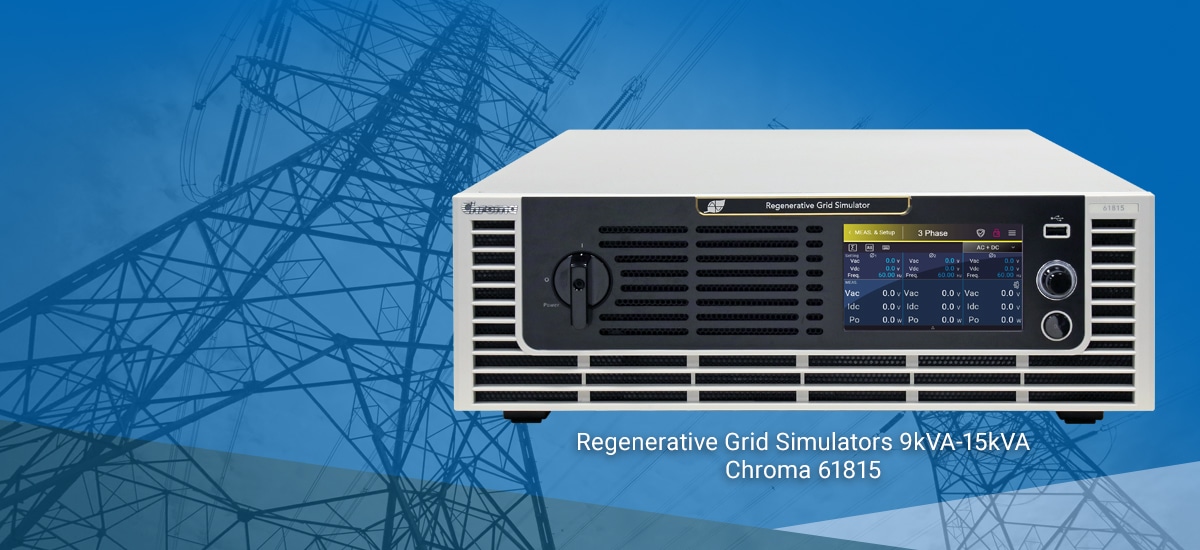Hoy en día es muy común escuchar el término fuente de poder programable pero gracias a los últimos avances tecnológicos la industria de manufactura cuenta con más opciones que nunca para diversas aplicaciones, tanto con salida en corriente directa como corriente alterna.
Teniendo esto en cuenta, Chroma ha decidido elaborar este seminario con el propósito de informar cuales son las diferentes opciones que hay de fuentes programables y en caso que se desee, como podrían ser automatizadas.
Acompáñenos a este seminario gratis en español que Chroma, con su experiencia de 20 años en el mercado de pruebas eléctricas fabricando fuentes programables y sistemas automatizados ha preparado.
Dentro de los temas a revisar están los siguientes:
• ¿Qué es una fuente de poder?
• Variac vs fuentes de poder programable
• Fuentes programables de corriente alterna
• Fuentes programables de corriente directa
• Fuentes de poder bi-direccionales
• Niveles de automatización en fuentes de poder programables
Para registrarse a este seminario técnico en línea gratuito pueden utilizar en enlace al final del correo.
